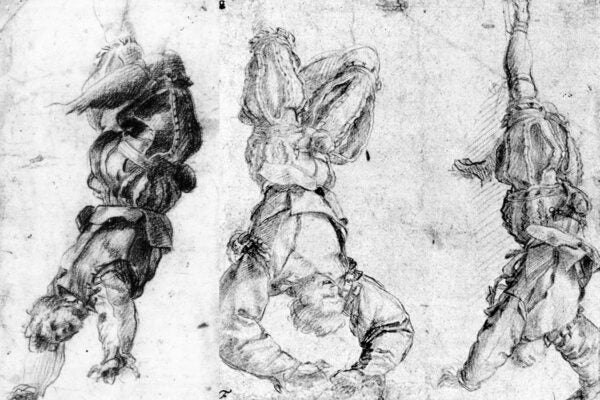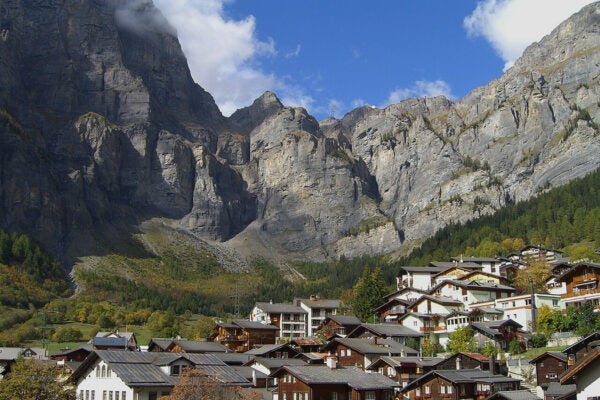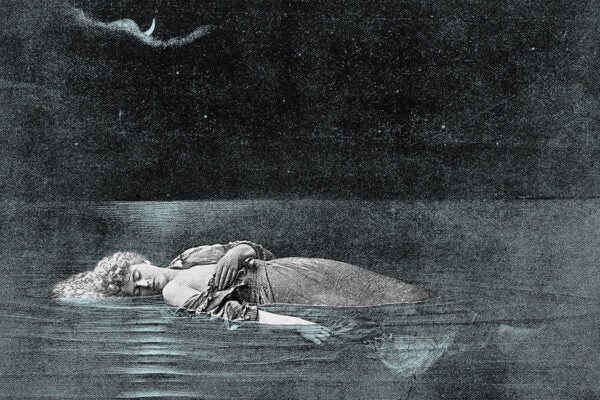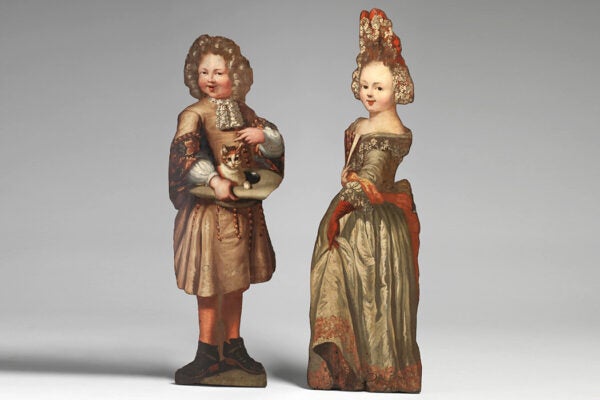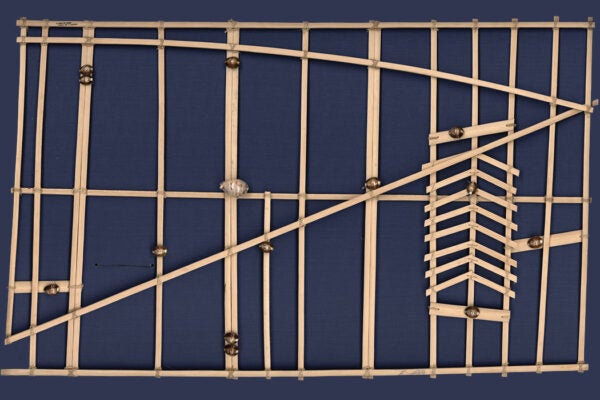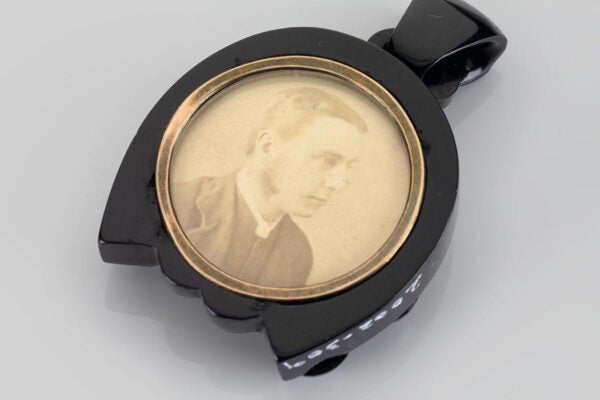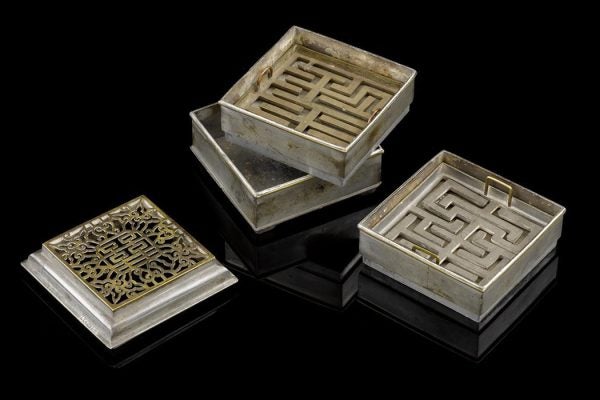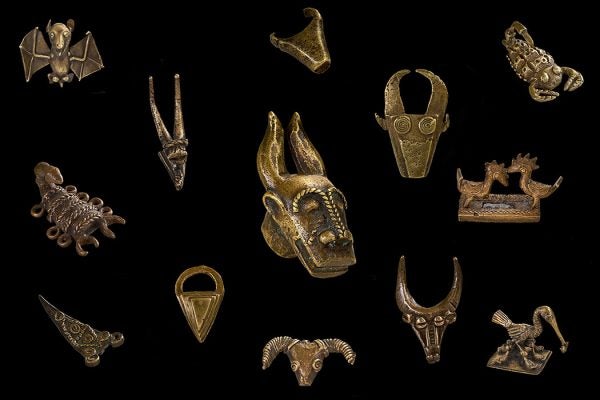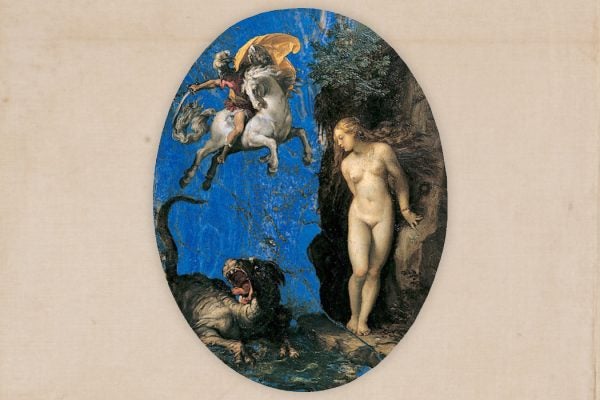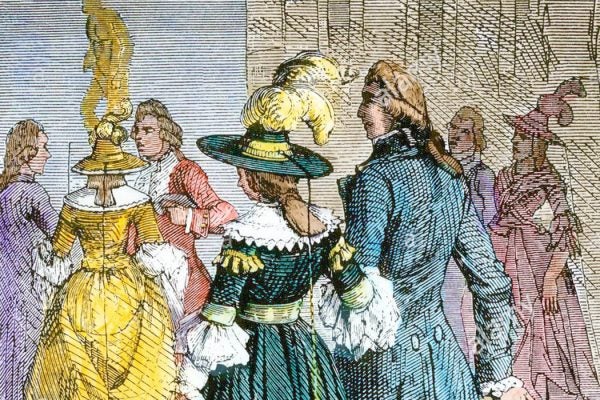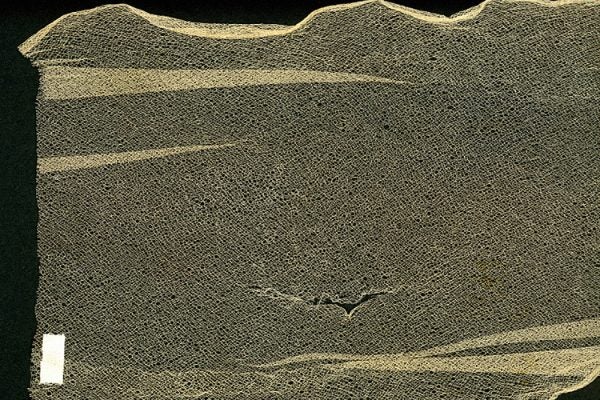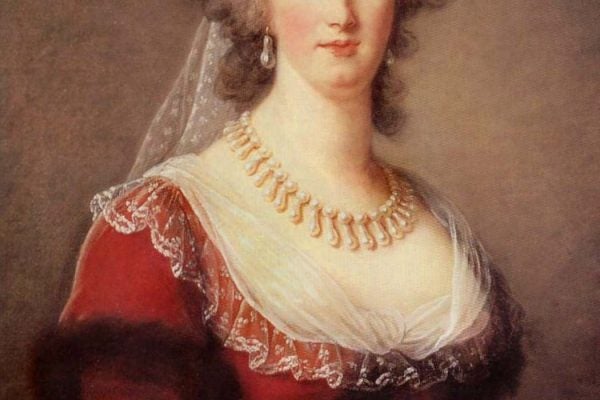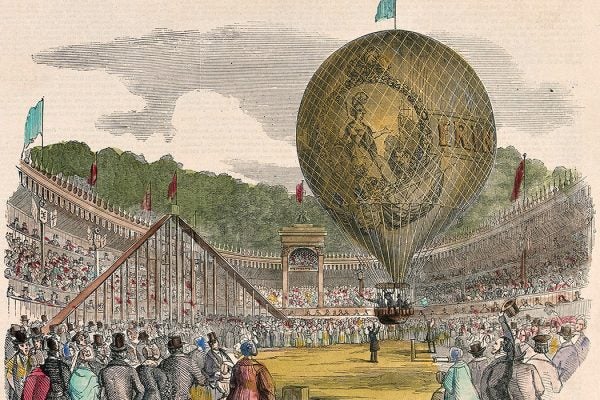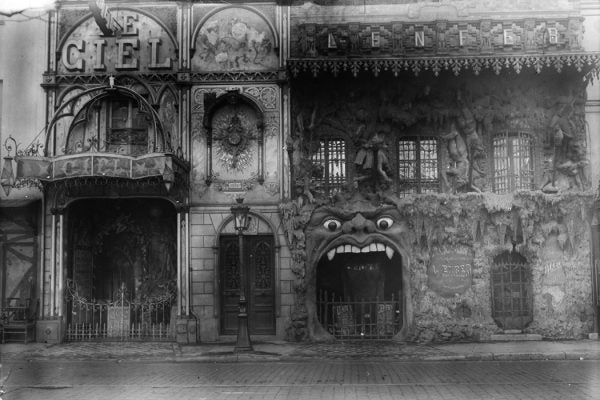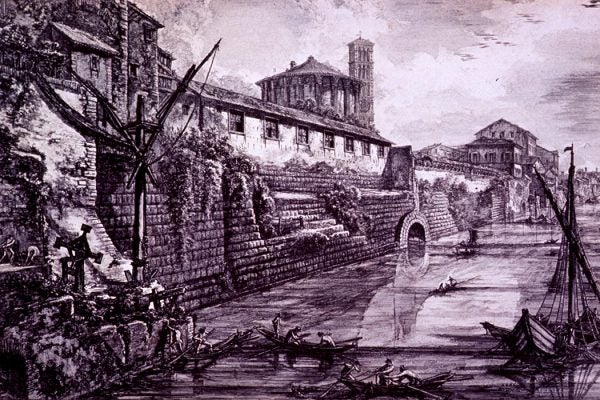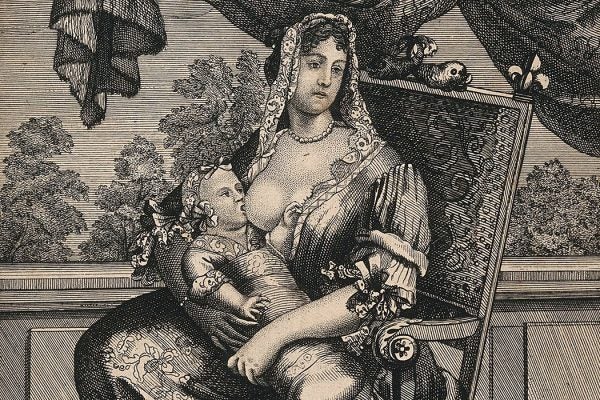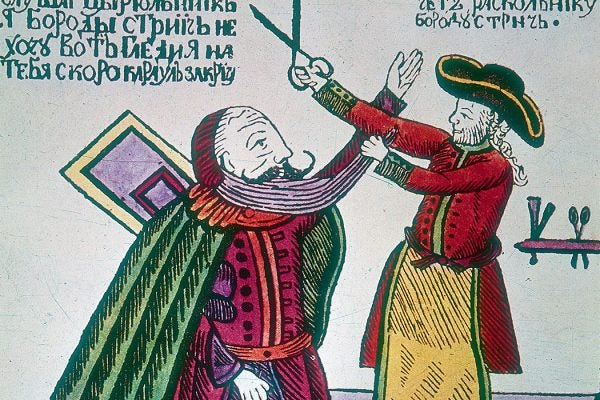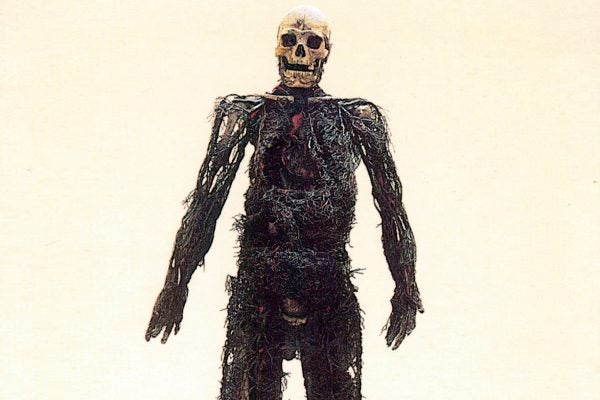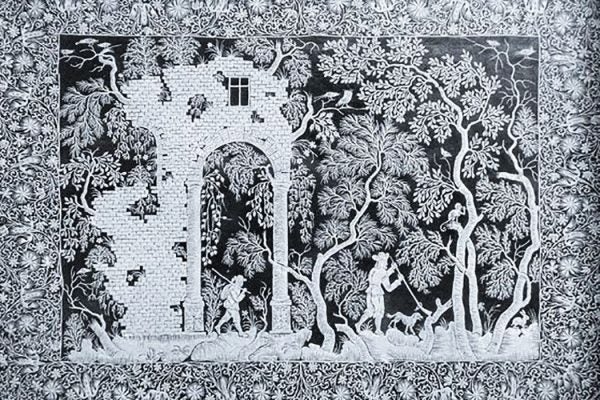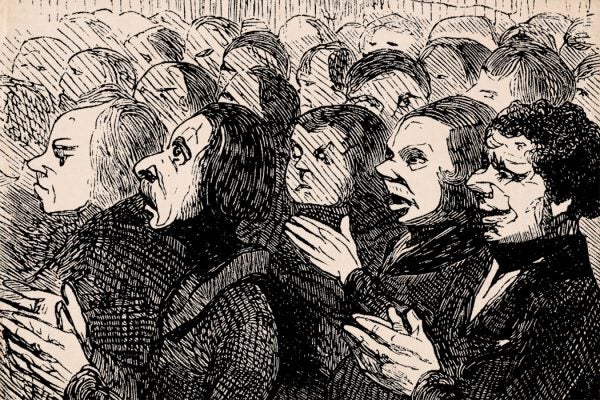Punitive Portraits of the Renaissance
The Italian legal tradition called for the public display of a humiliating—but recognizable—portrait of the disgraced person.
The Women Who Preached in Their Sleep
Was sleep-preaching an ingenious way for oppressed women to subvert the social order through somniloquy?
Unmaking a Priest: The Rite of Degradation
The defrocking ceremony was meant to humiliate a disgraced member of the clergy while discouraging laypeople from viewing him as a martyr.
Dummy Boards: the Fun Figures of the 1600s
These life-sized painted figures, popular in Europe and colonial America in the seventeenth and early eighteenth century, were designed to amuse and confuse.
Marshall Islands Wave Charts
Charts constructed of carefully bound sticks served as memory aids, allowing sailors of the Marshall Islands to navigate between the islands by feel.
Victorians Mourned with Vulcanized Rubber Jewelry
Nineteenth-century Anglo-American mourning rituals called for a period of sentimental sadness, but they also demanded an investment in clothing and jewelry.
Cairo’s Zabbaleen and Secret Life of Trash
In Egypt's capital, members of an impoverished Coptic population strengthen community ties while making a living as ragpickers.
Walking Streetlamps for Hire in Seventeenth-Century London
Much in the same way we hail cabs in cities today, a medieval Londoner could hail a torch-bearer (a link-boy) to light their way home from a night on the town.
A Tale of Two Times: Edo Japan Encounters the European Clock
In country that followed a time-keeping system with variable hours, the fixed-hour clock of the Europeans had only symbolic value.
Keeping Time with Incense Clocks
As chronicled by Chinese poet Yu Jianwu, the use of fire and smoke for time measurement dates back to at least the sixth century CE.
Gold Weights and Wind Scales in the Asante Empire
The ornamented tools used to ensure fair market transactions also conveyed the stories and values of the Akan peoples.
Paintings Made of Stone
Renaissance painters incorporated the inherent qualities of stone to produce works of art that revealed the beauty of nature and hand of God.
Electrical Fashions
From the light-bulb dress to galvanic belts, electrified clothing offered a way to experience and conquer a mysterious and vigorous force.
Lacebark as a Symbol of Resilience
For the enslaved people of Jamaica, the lacebark tree was a valuable natural resource and a means of asserting one's dignity.
The Drama of Point d’Alençon Needle Lace
In its heyday, lace was beautiful, expensive, and handmade. Naturally, lace smuggling became the stuff of legend.
Hot Air Balloon Launch Riot!
In the early days of ballooning, launches were prone to failure. When failure looked imminent, the crowd’s mood would begin to turn.
The Cabarets of Heaven and Hell
In 1890s Paris, cabarets in bohemian Montmartre gave visitors a chance to tour the afterlife.
Venus of the Sewers
The Roman sewer, the Cloaca Maxima, was presided over by a goddess whose shrine stood near the Forum.
How Wet-Nursing Stoked Class Tensions
“[N]o man can justly doubt, that a childs mind is answerable to his nurses milk and manners.”
The Anatomical Machines of Naples’ Alchemist Prince
Rumor had it that these machines were once the Prince’s servants, whom he murdered and transformed into anatomical displays. Scholars showed otherwise.
Joanna Koerten’s Scissor-Cut Works Were Compared to Michelangelo
And then, snip by snip, she was cut out of the frame of Renaissance art history.
When Paid Applauders Ruled the Paris Opera House
Professional applauders, collectively known as the “claque,” helped mold the tastes of an uncertain audience.
The Princes of Saxony Collected These Kitschy Miniature Mountains
Struck with “Berggeschrey,” or “mountain clamour,” early modern nobles of Saxony dolled up the dirty and dangerous work of the mines with gold and glitter.

